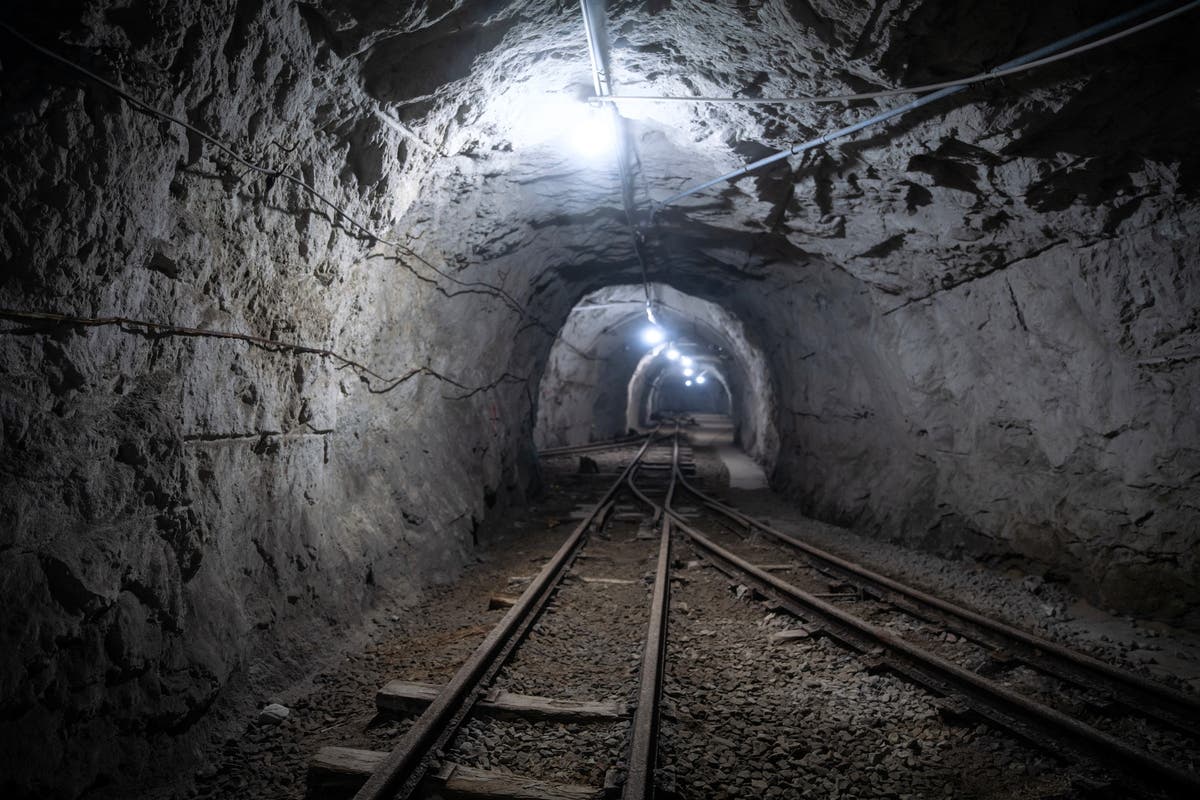An abandoned mine in Finland is set to be transformed into a giant battery to store renewable energy during periods of excess production.
The Pyhäsalmi Mine, roughly 450 kilometres north of Helsinki, is Europe’s deepest zinc and copper mine and holds the potential to store up to 2 MW of energy within its 1,400-metre-deep shafts.
The disused mine will be fitted with a gravity battery, which uses excess energy from renewable sources like solar and wind in order to lift a heavy weight. During periods of low production, the weight is released and used to power a turbine as it drops.



deleted by creator
But isn’t the definition of a turbine “a type of machine through which liquid or gas flows and turns a special wheel with blades in order to produce power” with the “power” (aka. rotational energy) going to a generator?
Where does the liquid or gas come from? Isn’t this battery supposed to lift heavy, solid objects?
It doesn’t outright state that it uses solid weights, but their illustration looks more like they’d use a lift with sand or weights, and not a turbine with liquid or steam:
deleted by creator
I’m going to preface this by saying, all I know is that know about the subject was one physics class in college… The teacher mentioned Hydro Pump Storage that pumps water into a reservoir when there is an excess of energy generation then releases it through turbines when there is a surge is energy needs on the grid. Wouldn’t this idea work in a very similar way? If so it would seem feasible as about 15% of the UKs STOR requirements are met in this way.
https://www.nationalgrid.com/sites/default/files/documents/STOR Fuel Type Analysis Summary (By Capacity) - Season 8.5 - Final_0.pdf
https://www.sse.com/news-and-views/2023/03/britain-s-largest-pumped-hydro-scheme-in-40-years-gets-100m-investment-boost/
deleted by creator
Yeh, again I’m not sure how efficient using water is but my instinct says it will be a lot better than any mechanical system as they are generally very inefficient!
Right, my bad. I thought you were explaining turbines in relation to the post, which would indeed have one attempt to run sand through it if not used with either liquid or steam.
I also wrote turbine and generator separately, as, as you stated, turbines and generators are not the same. I, in turn, hope I didn’t give the impression that they were.
I fully agree about the system as a whole better being described as a battery, which usually includes generators of some sort to convert the stored energy back into electricity.
And yes, this is a rather precarious article, which also is why I wrote the half-question half-joke about unnecessary conversion steps using turbines.